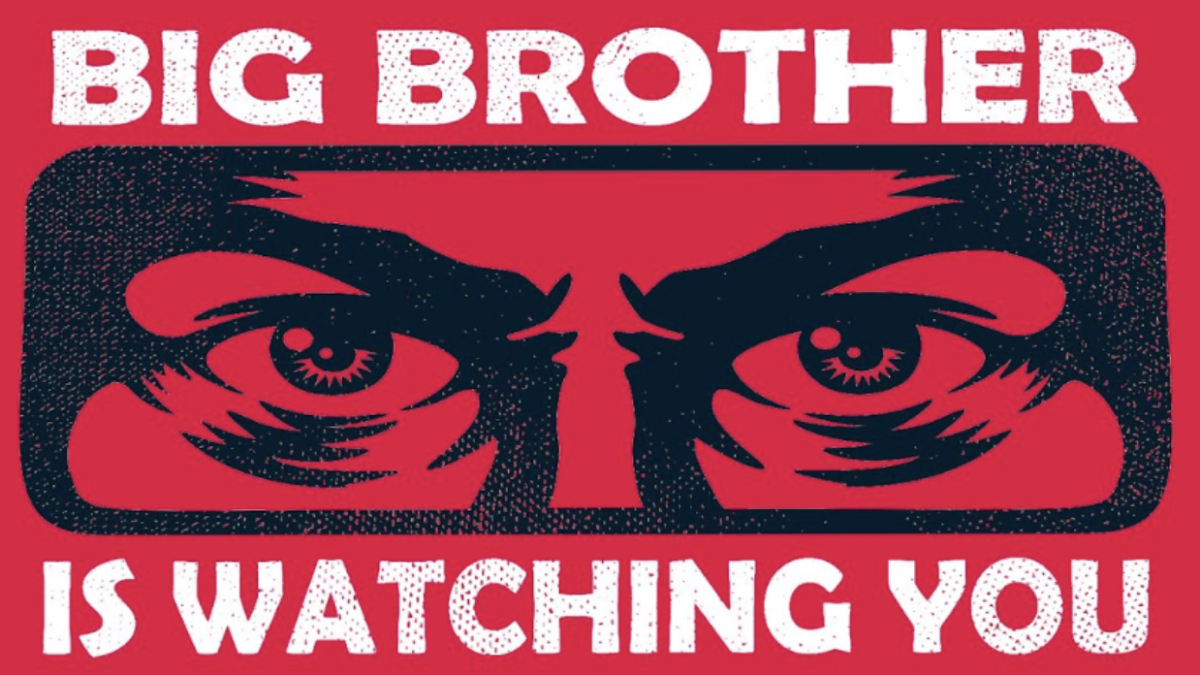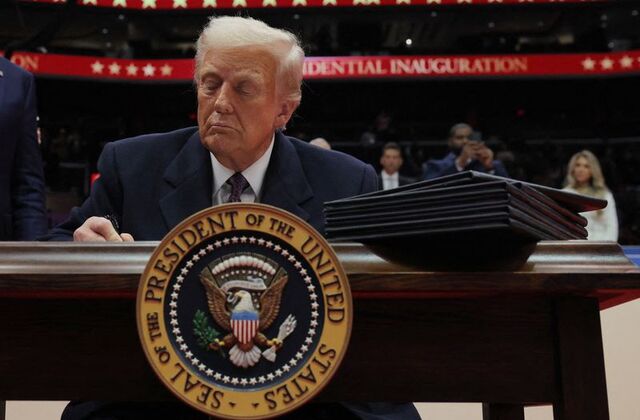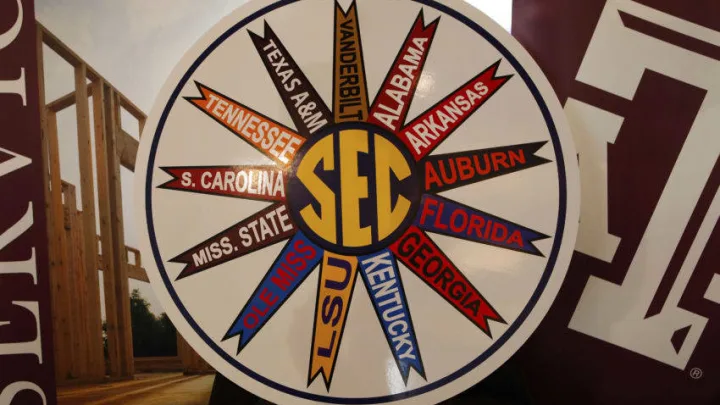Over the past few weeks, we have all become aware of the traffic camera positioned on SOM Center Road, within our very own school zone. Whether you have received a speeding ticket yourself or someone you know has, our entire community has been forced to confront this situation. Furthermore, many argue that the circumstances surrounding this camera seem less than honest and are lined with deception: The camera has few warning signs and is placed in such a way that once you see it, it sees you.
So the question arises: Is this even legal?
Some rumors have spread recently that speeding tickets issued with evidence from the traffic camera in the school zone do not have to be paid because of the Ohio Revised Code. This rumor refers to Section 4511.093 Division (B)(2) of the Ohio Revised Code, which states that a ticket can only be given by a local authority using a traffic camera if a police officer is present at the time of the violation. Since, to the best of my knowledge, no police officer is present at the device, tickets from its recordings are invalid, right? While this line of reasoning is true for most traffic cameras in Ohio, it quickly falls apart when one reads Division (B)(3), which clarifies that a ticket can still be issued from camera footage if it is in compliance with Section 4511.0912 Division (A), which states that school zones are an exception to the aforementioned rule, meaning that tickets in a school zone still count.
After extensive review, including research on all provisions of the Revised Code regarding traffic cameras, the camera on SOM Center Road does, in fact, appear to be legally placed, making tickets issued from its recordings legally enforceable. While doing research for this article, I reached out to Hunting Valley Police Chief Michael J. Cannon, who did not respond to an email request to comment. The inquiry was regarding the requirements established by the Revised Code before the implementation of a traffic camera: the city must first conduct a public safety study of the road, as well as an information campaign to inform drivers of the camera’s installation. While I have been unable to locate a record of these two requirements being fulfilled, thus prompting my unanswered inquiry, it is more than likely that they are on file at the Hunting Valley Police Department and thus are not grounds to legally challenge a traffic ticket.
The implementation of traffic cameras is a method used by municipalities all over the Cleveland area and the state of Ohio in an attempt to generate additional revenue through means that some drivers find potentially deceptive. The traffic camera on SOM Center Road is placed in such a manner that most drivers are unaware of its presence. Additionally, since most US students do not live in Hunting Valley, the city’s required public information campaign does not need to reach them like it does most Hunting Valley drivers.
Finally, it is my duty as a human to request that, whether the enforcement mechanisms are honest or not, we all respect the posted speed limits of our roads. Far too many people lose their lives in car accidents due to speeding and reckless driving. Fighting traffic cameras is done in the courtrooms and on the news, not on the streets, so I implore you: do NOT take this as a call to exceed the speed limit in order to spite the authorities. Instead, take this as a lesson to follow those limits so cameras aren’t required in the first place for people to be safe.













